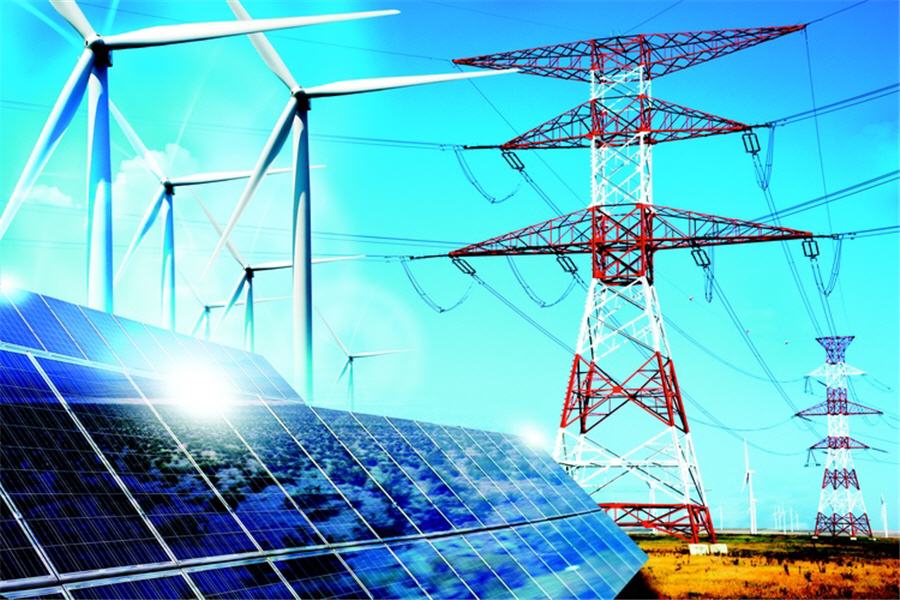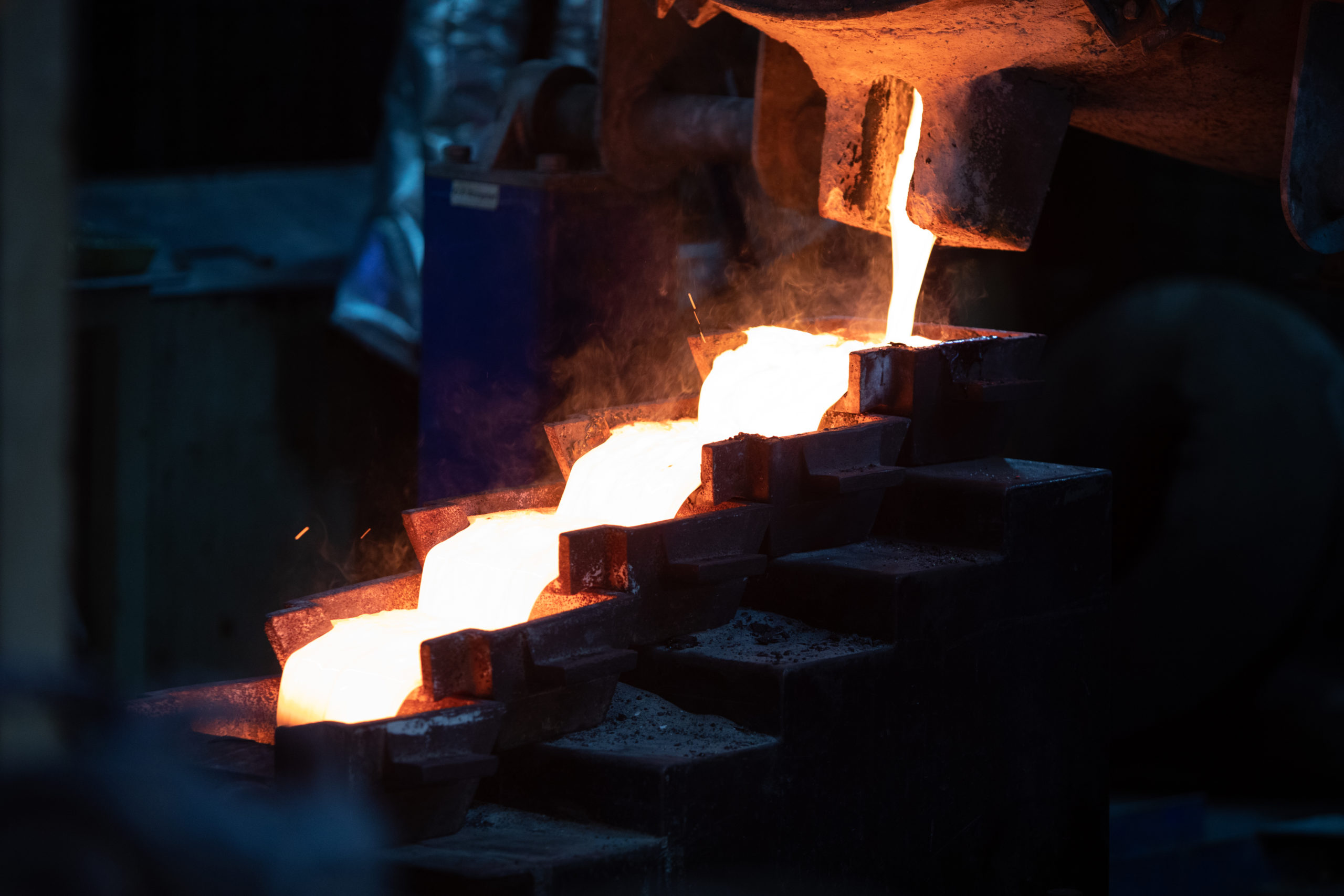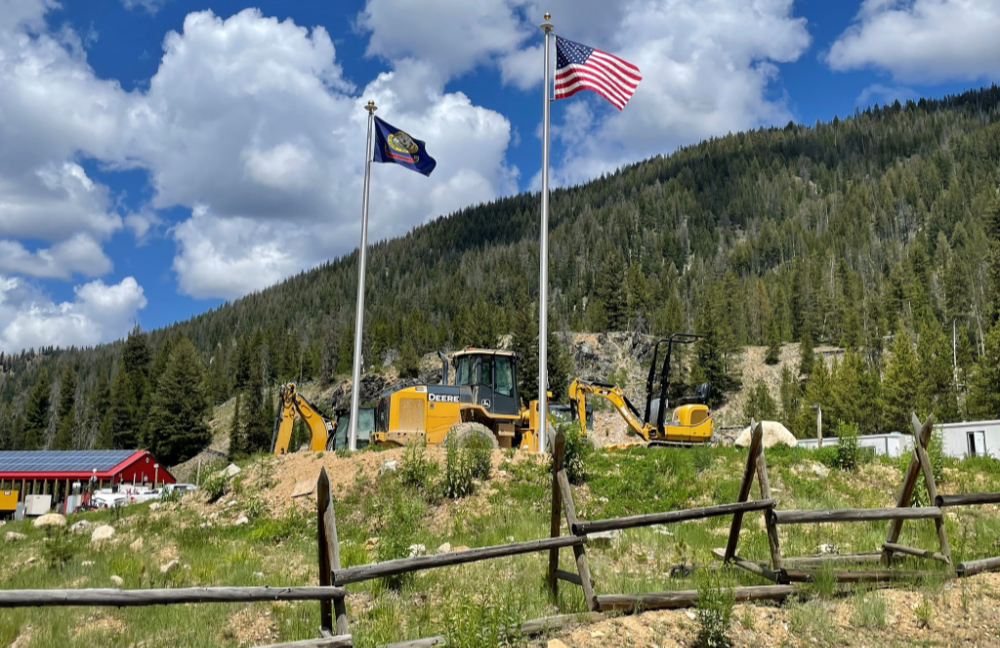Clean energy shift a plus for mining – think tank

The rise of renewable energy might pose a challenge for the Canadian oil and gas sector, but there is one extractive industry in Canada that stands to reap significant benefits: mining.
Meeting climate change targets will require a lot of new wind turbines, solar power installations and lithium-ion batteries. These “green” energy technologies aren’t built from bamboo; they’re made from steel, copper, aluminum, lead, zinc, silica, molybdenum, lithium and about a dozen other metals, minerals and rare-earth elements.
A new Clean Energy Canada report suggests Canada’s mining sector stands to benefit from the clean-energy transition. It cites an International Energy Agency report that projects a 17-fold increase in installed solar power globally by 2050.
“Even just out to 2021, the International Energy Agency is projecting a near doubling of solar capacity around the world,” said Clean Energy Canada analyst Dan Woynillowicz.
British Columbia is a major producer of metals used in solar power cells. It’s also a major producer of the coal used to make the steel that goes into wind turbines.
Clean Energy Canada’s Mining for Clean Energy report focuses strictly on solar power, which requires 19 minerals and metals that Canada has in relative abundance. But other renewable energy sources, like wind, will also require some of the base metals produced in Canada.
“What this report illustrates is that the rise of clean-energy technology is going to create a significant opportunity for the Canadian mining sector,” Woynillowicz said.
“We focused in on solar just as a means of narrowing the scope – just as an example. Wind turbines, electric vehicles, lithium-ion batteries, LED light bulbs – so many of those technologies that are going to be key to the transition toward cleaner sources of energy have significant requirements for metals and minerals. So the opportunity for Canada goes significantly beyond what we’ve just highlighted in this report.”
Bryan Cox, president and CEO of the Mining Association of BC, agrees that the growth in renewable power and electric vehicles will be good for the B.C. mining industry.
“When you look at how much steelmaking coal goes into a wind turbine, how much more copper is required for an electric car than a conventional car, you can really see how the need for those products will increase as we move forward,” he said.
Canada is a major producer of three key metals used in the photovoltaic cells used in solar power: copper, zinc and lead. B.C. is by far the biggest copper producer in the country. It also produces lead and zinc and has aluminum and zinc smelters.
According to Natural Resources Canada (NRCan), many of the elements used in photovoltaic cells are byproducts of base metal and gold production.
Semiconductor metals like cadmium, indium and germanium, for example, are left over from the processing of base metals like zinc, lead and copper.
“As a key mine producer, processor and refiner of lead, zinc, copper and gold, Canada is well positioned to benefit from the anticipated growth of solar [photovoltaic] energy technologies,” the NRC states.
On the energy storage side, there is also a growing demand for nickel, lithium, cobalt, graphite and zinc.
Most of the nickel produced in Canada is in the East. Alberta and Saskatchewan have potential to produce lithium, used in lithium-ion batteries in electric vehicles and for energy storage.
Some of the companies that mine these metals and minerals aren’t just supplying the renewable-energy sector with commodities; some are also adopting renewable energy themselves to power their own operations.
Many mines that operate in remote regions are not connected to the grid, so they use diesel generators to make power. But some of the newer mines being built are using hybrid systems that augment diesel-generated power with wind or solar power.
Dominion Diamond Corp. (TSX:DDC), for example, uses a wind-diesel hybrid system to provide power to its Diavik diamond mine in the Northwest Territories, and Iamgold Corp. (TSX:IMG) is planning a solar power installation for a gold mine in Burkina Faso.
Apart from sheer abundance of the commodities used in renewable-energy technology, Canada also has comparatively high standards when it comes to workers’ rights and environmental protection, which could be a branding advantage.
“Companies are becoming more discerning about where the metals and minerals that their technologies require are coming from, and what their labour practices are, environmental practices, the life-cycle carbon pollution impacts,” Woynillowicz said. “Canada could be very well positioned to compete in that kind of discerning marketplace.”
Read original article at BIV
More News
{{ commodity.name }}
{{ post.title }}
{{ post.date }}




Comments